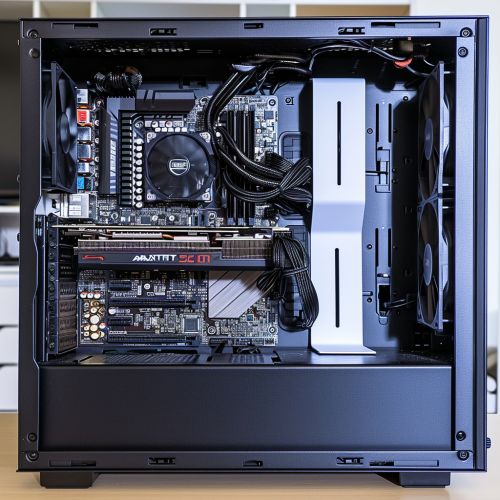Computer architecture
Introduction
Computer architecture is a branch of computer science that focuses on the design and organization of computer systems. It is a blueprint and functional description of requirements and design implementations for the various parts of a computer, including the CPU, memory management, input/output (I/O) organization and so on.


History of Computer Architecture
The history of computer architecture is a record of the constant drive for performance improvement, cost reduction, and energy efficiency. The earliest computers, such as the ENIAC, were large, room-sized machines that consumed vast amounts of power. Over time, advancements in technology have led to the miniaturization of components and the development of more efficient and powerful computing architectures.
Von Neumann Architecture
One of the earliest and most influential computer architectures is the Von Neumann architecture. Named after mathematician and physicist John Von Neumann, this architecture is based on the stored-program computer concept, where program data and instruction data are stored in the same memory. This architecture is still the basis for most modern computers.
Harvard Architecture
The Harvard architecture is another foundational computer architecture. It is named after the Harvard Mark I computer, and it differs from the Von Neumann architecture in that it uses physically separate storage and signal pathways for instructions and data. This separation allows the architecture to fetch data and instructions at the same time, increasing overall system performance.
RISC and CISC Architectures
Two other important types of computer architecture are the RISC and the CISC architectures. RISC architectures aim to have simple instructions that take a single clock cycle to execute, leading to a faster overall system. On the other hand, CISC architectures have a larger set of more complex instructions, with the aim of performing more complex computations in a single instruction.
Parallel Computing Architectures
Parallel computing architectures are designed to perform many calculations simultaneously. They are typically used in high-performance computing environments. There are several types of parallel architectures, including SMP, MPP, and Grid architectures.
Quantum Computing Architectures
Quantum computing is a new and rapidly evolving field. Quantum computers use quantum bits, or qubits, which can represent 0 and 1 simultaneously, thanks to the principles of quantum mechanics. This allows quantum computers to solve certain types of problems much faster than traditional computers.
Computer Architecture Design
Designing a computer architecture involves many considerations, including the choice of instruction set, the design of the data path and control unit, and the organization of memory and I/O systems. The design process also involves balancing performance, cost, power consumption, and other factors.
Future Trends in Computer Architecture
Future trends in computer architecture include the continued development of quantum computing, the use of machine learning and artificial intelligence in architecture design, and the development of energy-efficient architectures for mobile and embedded systems.
